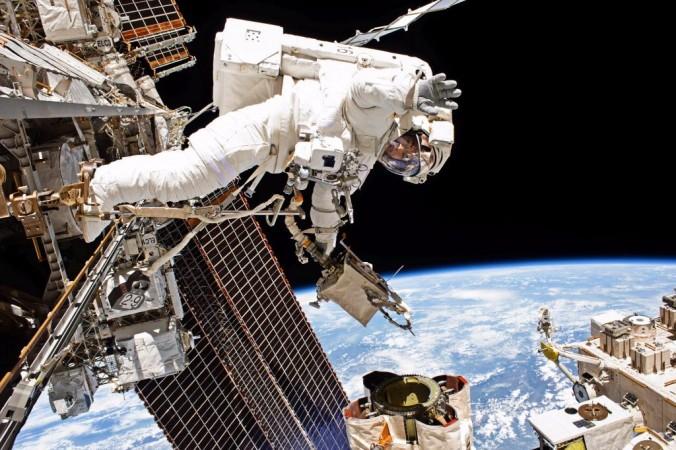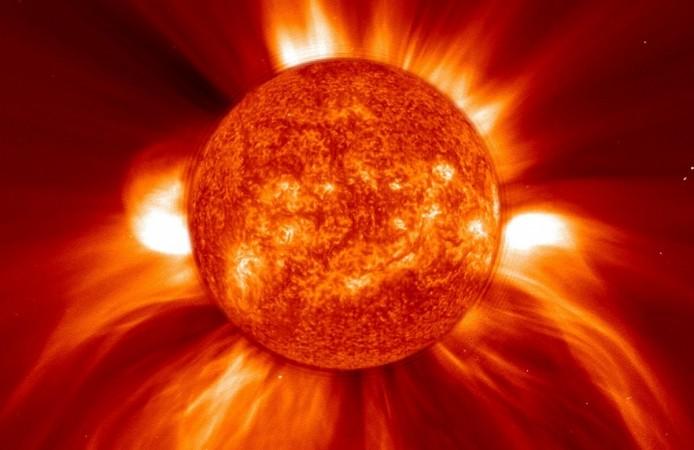
Space exploration is everyone's dream. Learning the mysteries of the universe and understanding the limitlessness of the galaxies can certainly be exciting, but it comes with its fair share of dangers. Space radiation is one of the biggest threats out there, and scientists have some bad news.
According to a study conducted by the University of New Hampshire and published in the journal Space Weather, scientists have found that the space radiation is getting worse at a faster pace than previously thought. This could pose elevated levels of threat to future astronauts as well as satellites.
"The radiation dose rates from measurements obtained over the last four years exceeded trends from previous solar cycles by at least 30 percent, showing that the radiation environment is getting far more intense," Nathan Schwadron, professor of physics and lead author of the study, wrote.
"These particle radiation conditions present important environmental factors for space travel and space weather, and must be carefully studied and accounted for in the planning and design of future missions to the moon, Mars, asteroids and beyond."
The recent measurements of the levels of radiation in space were taken from CRaTER on NASA's Lunar Reconnaissance Orbiter (LRO). In 2014, Schwadron and his team of scientists predicted that space radiation would increase by 20 percent in four years' time. But the data shows a 30 percent increase.

Dangers of space radiation
The dangers of radiation have been known to scientists for decades, and have been one of the biggest concerns in the planning of space missions. Earth is protected from dangerous radiations by its magnetic shield, which is absent in planets like Mars. And absorbing enough space radiation, which is different from the one we have on Earth like x-rays, can lead to long-term health problems.
If astronauts are not shielded properly in outer space, they could experience radiation sickness or experience more serious long-term health issues like cancer and organ damage, including to the heart, brain, and the central nervous system.
What is worsening space radiation?
But what's causing the sudden rise in space radiation? Scientists found the levels of radiation go up or down based on the natural cycles of the sun's activity. When the sun is at its weakest and undergoes a solar minimum, space radiation gets worse because a weaker magnetic field on the sun lets more radiation slip out into space.
"When we started sending human beings to the moon in the late 60s, the solar activity cycles were fairly strong, so the number of cosmic rays were lower," Schwadron, who is a plasma physicist at the University of New Hampshire, told the Boston Globe. "But now the cosmic rays number is going up."

Protecting astronauts from space radiation
Besides reducing the time they spend in space, astronauts can be protected from space radiation by an anti-radiation suit called the AstroRad Radiation Shield.
Israel-based StemRad has developed a vest that can shield vital human tissue such as reproductive organs, lungs, and stem cells, from radiation exposure. It can also be tailored for each astronaut.
But the effectiveness of such suits needs to be verified based on the latest findings.
Space missions & DNA alterations
NASA's twins study revealed that nearly 7 percent of retired American astronaut Scott Kelly's gene had been changed.
The long-standing mystery of DNA alternations from space missions was addressed by NASA when Kelly spent nearly a year in space while his twin brother Mark Kelly stayed on Earth.

















